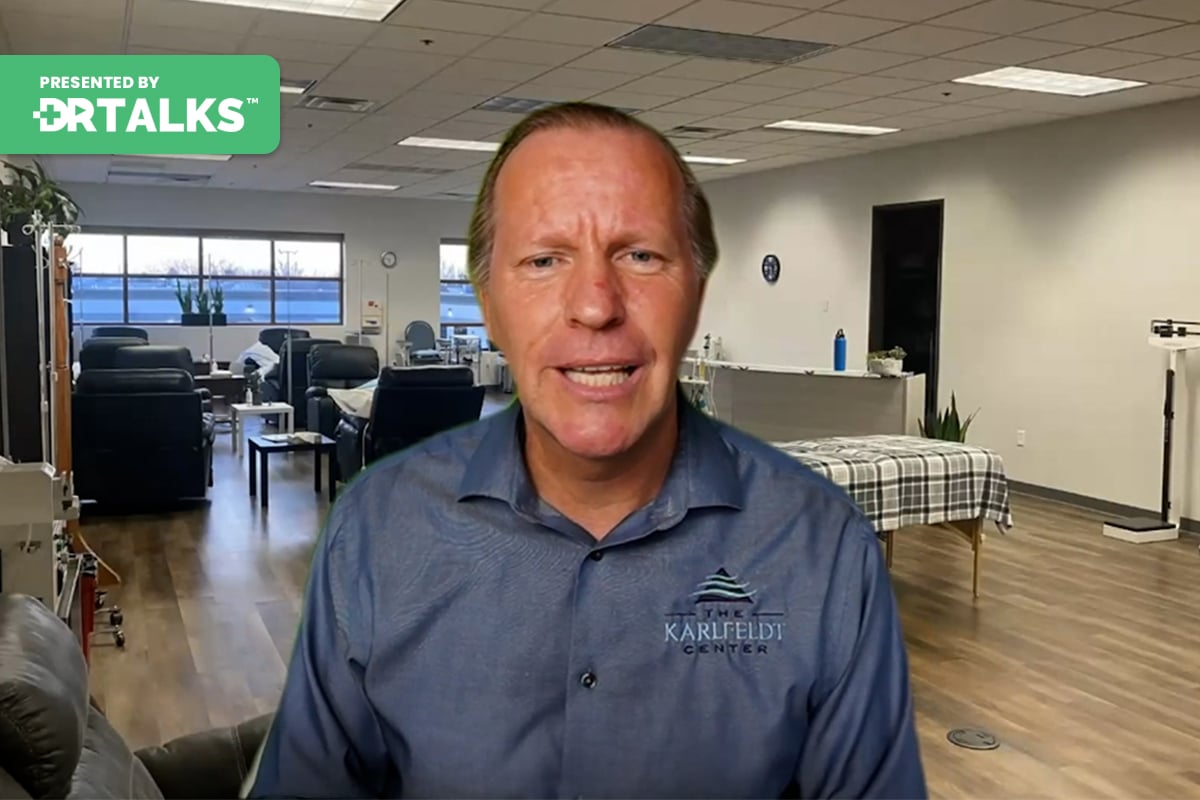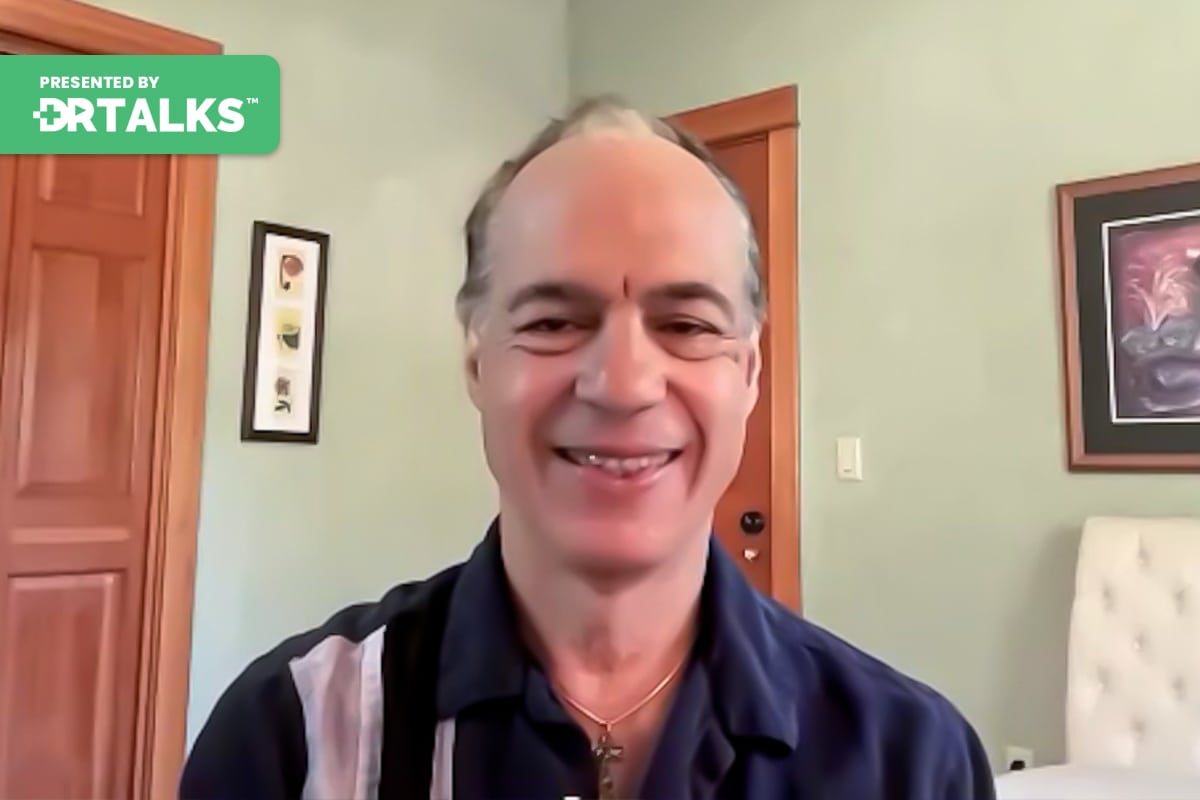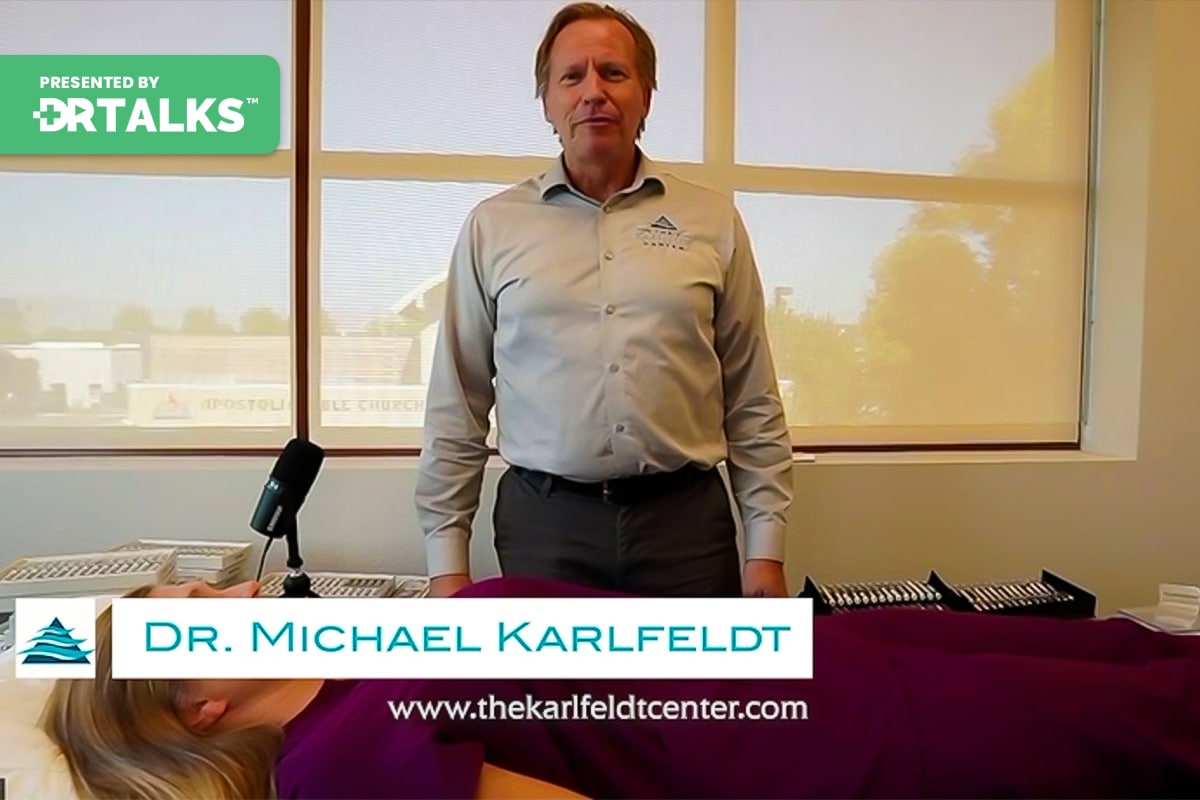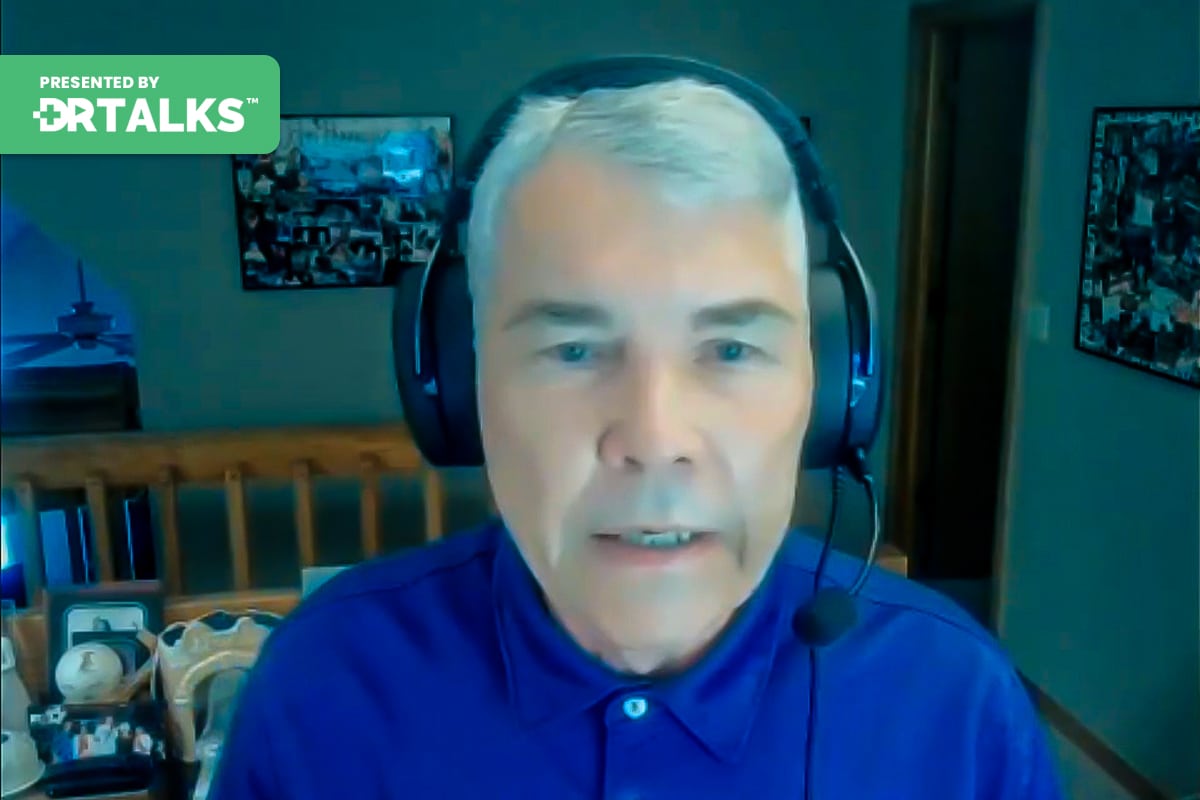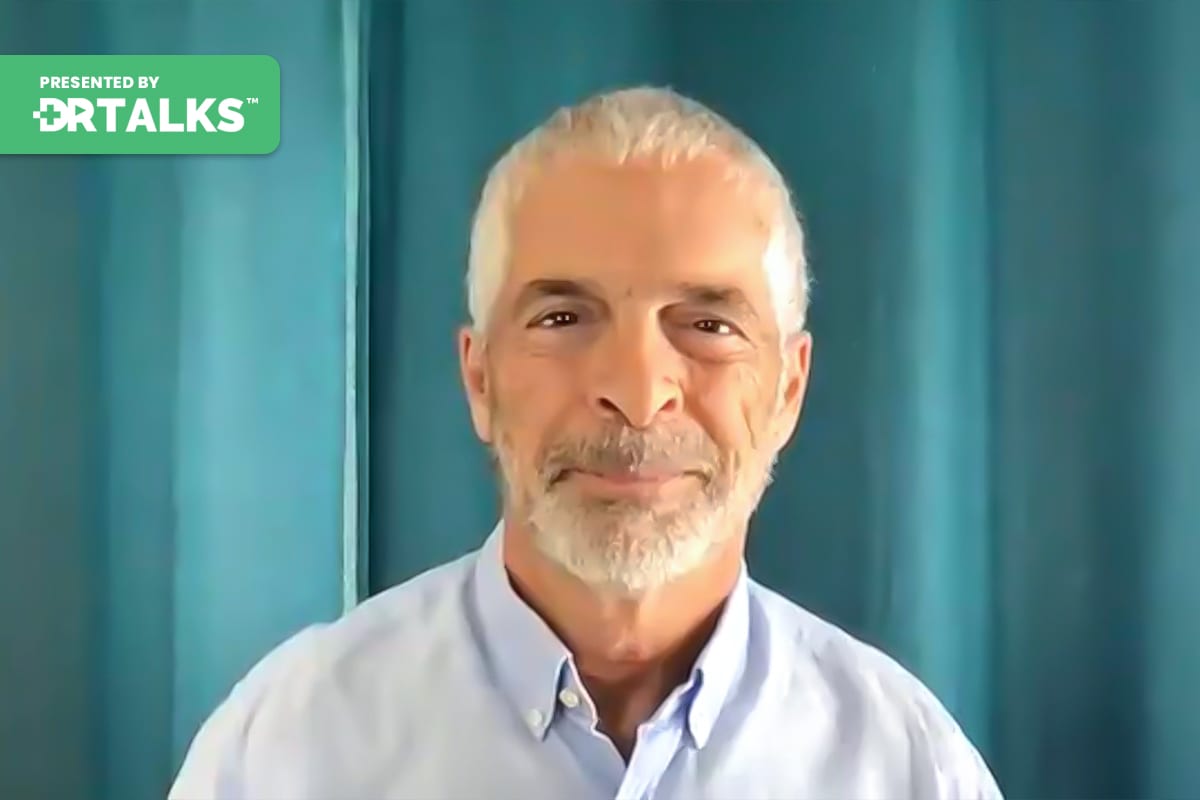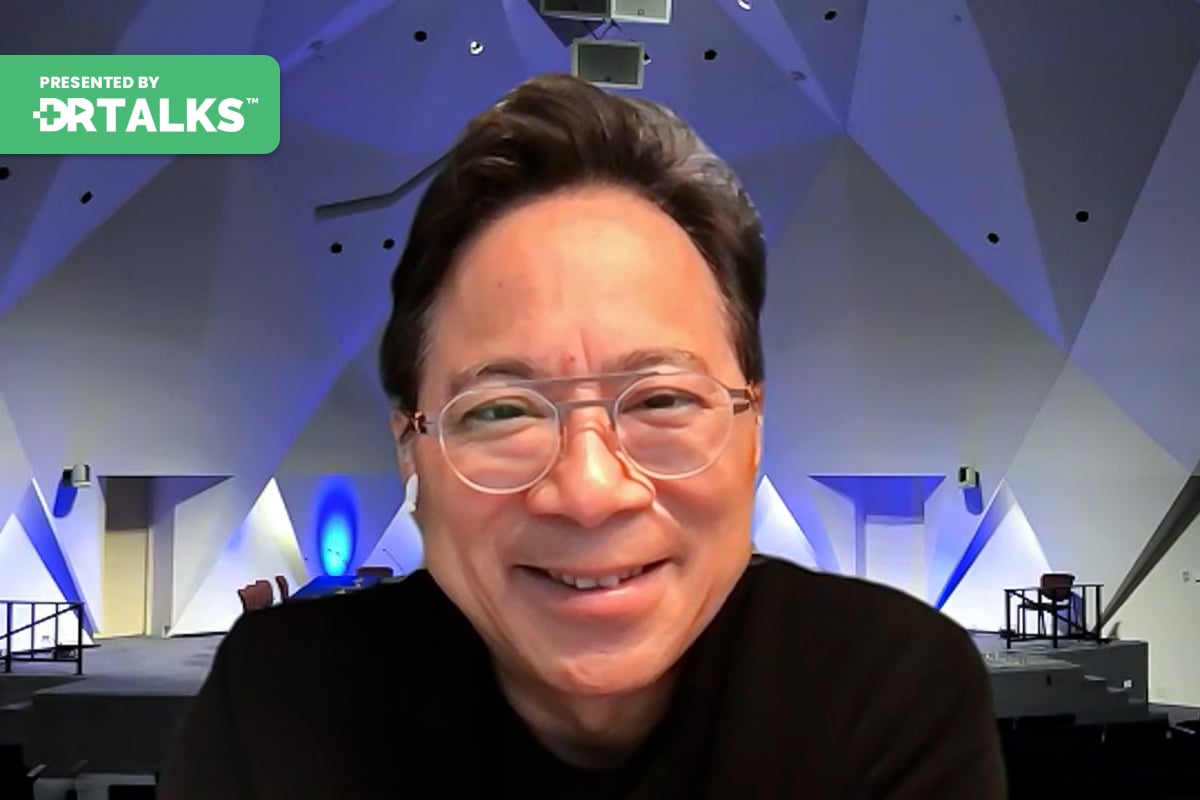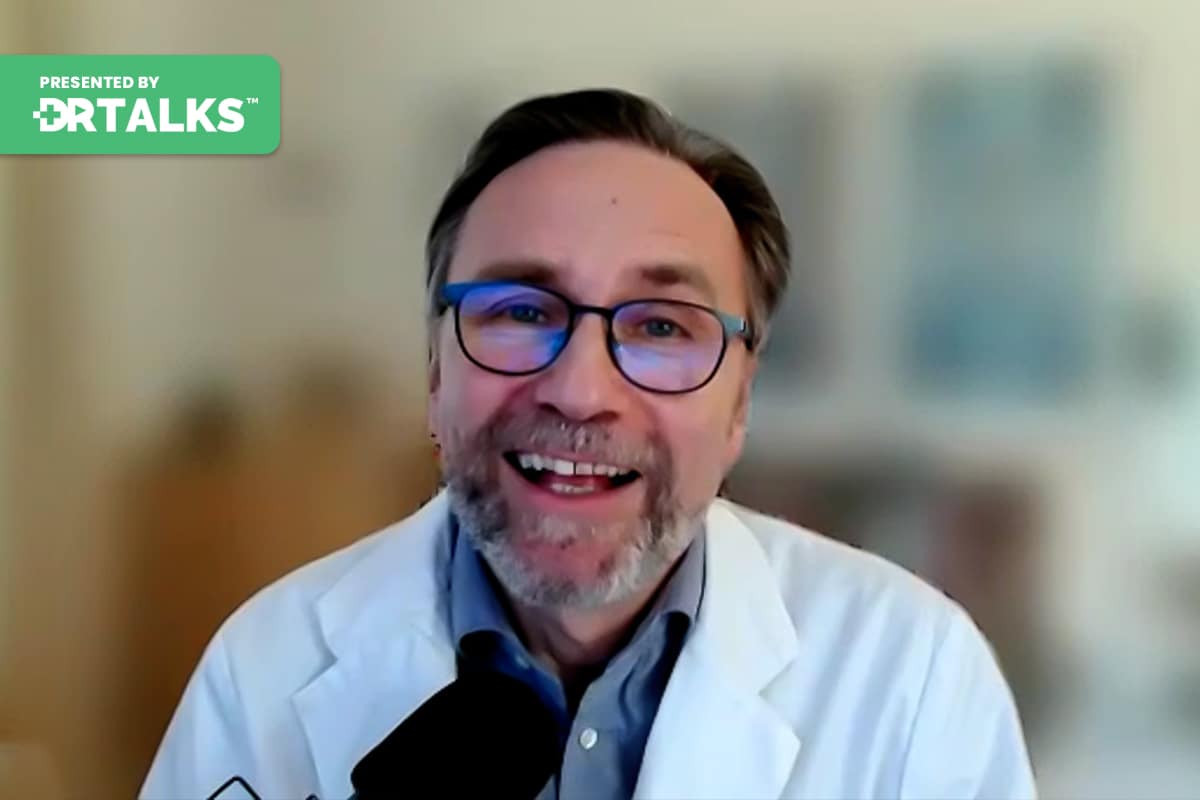And then you have different individuals that live in these houses. All of these things create this complex ecosystem with many different cell types and many different kind of sub-populations. So one part of the tumor is not the same as another part of the tumor. And each one of them can then influence the tumor as a whole. And the tumor exists in a tumor microenvironment also. And you as an individual, we have the nature versus nurture. Where nature you got your genetics, but then you have the nurture kind of what you’ve been exposed to and the environment that you’re in, how that impacts you. And it’s the same with the tumor. The environment around it will then determine a lot of its behavior. So we can’t just look on the tumor by itself. We got to look at it in the environment that it’s in. And then we have the genetics in the tumor, and that’s altered based on epigenetic influences. So again, things that we do, things that we are exposed to will then actually change the epigenetic manifestations. How genes are performing and how going on right there. So we’ll talk a little bit more about that.
I just want to kind of start so you can see that all these different things that are taking place at the same time and you need to consider all these factors in order to be able to be successful in your treatment. Again, you can’t. A tumor is not just a tumor.
Looking then at the tumor ecosystem, we have the cell diversity. So every cell is not the same within the tumor. Tumor’s a complex ecosystem containing tumor cells as there is, as well as, and different like endothelial, hematopoietic, ipoietic, stromal, and other cell types. And all of them can influence the function tumor as a whole. Bunch of different cells that do a bunch of different things. And they’re all impacting the tumor and what it does. And also these additional cell types, they can influence the tumor cells directly and can create metabolic changes, such as creating hypoxic environment and nutrient fluctuations. Meaning that tumor getting more sugar. Is it getting more of this nutrient, that nutrient? Is it starving in other areas? All of the cell types can control that. And can also control whether the tumor area is very, whether it has oxygen or not have oxygen. And so all of that can then be controlled by all these different cell types that are all different. And so by functioning as this complex ecosystem, the overall tumor fitness can then be enhanced. Ultimately impacting therapy failure. So meaning that is kind of like a neighborhood coming together with all these different skill sets. And so and to protect what is going on within the neighborhood?
And so you have the plumber, you have the electrician or you have somebody, the policeman that’s there. And all of these factors come together to protect the tumor, making it more able to resist treatment. And so as, so you got to consider that as well. And then within the tumor ecosystem, in addition to having all these different types of cells, all these different individuals that exist there, then you have them what’s called subclones. So there exists multiple tumor cell, subpopulations within a single cancer. Again it’s kind of like within the city, a bunch of different neighborhoods., you have a bunch of different counties. And all these are different subpopulations. And they all behave differently. And they’re all impacted by stressors differently. So what may work in one area as a treatment, as a therapy may not work in other sections of the tumor. So again, that’s why it’s important to be able to have a well-rounded type of therapy. And that’s why integrative therapy, integrative oncology, cancer therapy becomes so important because you got to consider all these different factors. And you have them functional, diversive twin cells within these subclones, all of that impacts responsive therapy. And each clone contains a mixture of cells, a berry with respect to their stem nest and also ability to proliferate including relatively dormant cells. Cells that are just going to hanging out, chilling, and they’re not these fast dividing cells. But so, each clone, they have a mixture of all of these different cells. And together all these factors represents in the functional diversity present within this single genetic subclone. So yeah it’s really fast. Cancer is fascinating. It’s not just these dumb lump. It is an entity in itself and it’s this ecosystem within itself that you just got to respect. So and then we have the talked about the tumor microenvironment. Then what’s fascinating is that there’s actually a crosstalk, there’s communication between the environment, the tumor microenvironment, and the tumor cells.
And so this crosstalk can actually impact the fitness of the tumor cells and how they behave. And the tumor microenvironment can actually turn normal cells into cancer stem cells. That’s how important the tumor microenvironment is. And there are things that you can do to control the tumor microenvironment. And we’re not going to be able to, you know, time-wise, be able to get into all of that right now. And then the tumor microenvironment can then actually confer cancer cell therapy resistance. So it can then assist in helping the tumors to resist therapy. So again, very important. And then behave your tumors depending on the environment that they’re in. So it’s kind of like you, certain environments you behave in one way, other environment you behave another way. So if we alter the environment to optimize, then the effect of the therapy will be much more successful. So and then we get epigenetics. So epigenetics is kind of like the software of the cell directing how genes, the hardware should function. So it’s not the genes send themself but it’s the software telling the genes, it should be turn on, turn off, active or you know. So all of that is controlled by epigenetics. And it also can alter the gene expression patterns within the cell, which is fascinating, can activate things like oncogene, cancer-causing genes, or deactivate tumor suppressor genes.
So all of this relates then to the epigenetic component. So we got all the different types of cells within the tumor. We got all these different subclones, and then we got the tumor microenvironment. And then within each cancer cell, we also have the genes, how they’re behaving. So all these areas we can impact and we can address using different therapies. And so the epigenetics and influences in cancer cell growth, response to treatments, ability to spread. So obviously these are important factors to be able to address. And then we got the cancer stem cells. So cancer stem cells are a subset of cells within the tumor that have stem-like, stem cell like properties. So we think of them as kind of like master cells of a tumor having the power to recreate the entire tumor mass. So do we want to be able to deactivate these or get rid of them? Yeah. Because even though we’re able to shrink a tumor, if they’re still there, they can recreate the entire tumor mass. And we don’t want that. Nobody wants that. While their small subset, their unique behaviors make them a major focus in cancer research as effectively targeting cancer stem cells could lead to more durable and complete cancer treatments. And we understand why, because they can recreate the whole tumor. And they have the ability circulating cancers or cancer stem cells. Can continually divide and regenerate eight new tumor cells. And they have the ability to give rise to various cell types found in the tumor. So they can help to all these different types of cells and subpopulations.
They can recreate all of that. They have all that information. And so they play a crucial role in initiating and sustaining tumor growth and associates. Since they can recreate all of this, they play important role. They like the master cells of the tumor. And they exhibit cellular plasticity, meaning that they’re very flexible in what they can become and do. And they can move actually between being a stem cell and a nonstem and also nonstem state, which is fascinating. So they’re not just locked into being one type of cell. They can actually cloak themselves and be this and be that, and that makes it even harder to treat. So yeah, so this ability adds to the resilience and challenges in targeting them. So the therapy challenges them. Chemotherapy. And this is important to understand so that you don’t think, well, I’m going to do chemotherapy and that’s all there as, I’m going to shrinking the tumor, as much more than that. You got to respect the cancer, the complexity. And so you got to lean in on it and so many other different ways. So the chemotherapy, it helps by attacking the fast-growing cells but often misses the slower-sleeping ones. And that’s important. So it’s only one type of cells that chemotherapy goes after.
Doesn’t mean that it doesn’t have any value. It really, it does. I mean, it’s so you always get to see pros and cons with any kind of treatment. So after the treatment, these sleeping cells can then wake up, and then they can start a new cancer. And chemotherapy can sometimes change the mix of cells within the tumor. This change might make cells stronger and better at surviving. So here you have all these different cells. You have the fast-growing ones, you got the slow ones. And you do the chemotherapy, you kill them, the fast-growing. So obviously now you have a different type of mix of cancer cells left. And the majority of them, since they survived the chemo treatment, the majority of them will probably survive that chemo treatment again because it is not the type of cells that are left that are impacted by that chemo. And also now they have gained the information that they need in order to be able to deal with the assault of the chemo. And they can then confer that information to other cancer cells so that they are all becoming then resistant to that treatment. And so we have some cancer cells are already strong against the chemotherapy even before treatment starts. So obviously they are the ones that are surviving. And then the next time we try to chemo, they are still strong against the chemotherapy. And chemotherapy might make these strong cells more common by getting rid of the weaker ones. Again, we are choosing the population, that is the stronger ones. So chemotherapy can either make some cells stronger or highlight the already strong cells that were there from the beginning.
The tumor microenvironment plays a role in adaptive drug resistance, as well as the same genetic makeup can be sensitive or resistant to drugs, depending on the context that their in. That’s fascinating. So, like I mentioned, whether you’re in this environment, you behave in this way and then that environment, you behave in that way. So you have two cells with the exact same genetic makeup but if they are in this tumor microenvironment they may die from the cancer, from the chemo or from whatever type of therapy you’re choosing or but if they’re in this, this type of tumor microenvironment, they won’t. Because the tumor microenvironment is actually assisting that cell and supports it to survive during this onslaught of the chemo. And the tumor microenvironment, like I mentioned, it can actually then initiate stem cell like programs in cancer cells. So tumor microenvironment through that crosstalk that I was talking about is able then to change cancer cells into then stem cells, cancer stem cells, and they are really hard to kill. So if we can control the tumor microenvironment, which again, there are therapies and techniques, you can do that you can then reduce the production of these cancer stem cells and you can also reduce the resistance to therapy. So as I mentioned, cancer stem cells are very therapy resistant. In fact, they can become actually more active after chemo radiation therapy. So that’s again, that’s why it’s important to have an integrative therapies along with so that you can then calm down the activity and the aggressiveness of these cancer stem cells. And there are techniques that can be done.
So therapy, what should it account for? Well, it needs to account then for the health of the tumor microenvironment. It need to account for the genetic factors. It need to account for cancer cells stem nest activation, the complex ecosystem of a tumor. That shrinking of tumor or tumors does not equate with beating cancer. Those are two different things. Yes because the tumor shrinking doesn’t mean that you’re beating cancer. You’re shrinking a tumor, we don’t know what’s going on with the rest of the body. We still have the sleeping, the dormant cells that are not being impacted. We still have the cancer stem cells, all of these. And we still have that environment that, you know, this tumor exists, what is the help of that? And so chemo, radiation, like we mentioned, potentially changed the behavior of the tumor. Different cancer drivers will express and the various sub-clones of the cancer will shift based on the composition and signaling of the tumor microenvironment. So again, the complexity. So what can you do? Well, you can go to our website, the Karlfeldtcenter.com. We have a huge amount of resources available there. You know, lots of information. And also, if you are dealing with cancer I do offer a free 15 minute consult. You can just call our center 2083388902 or you can email us [email protected]. And you are going to love my new book that I just published called “A Better Way to Treat Cancer”.
And it will address all the different things that, the issues that I’ve, that we’ve discussed during this presentation. And I really wanted patients to become empowered and know what is available and how to integrate therapies. And also for patients, for people out there, obviously, the best cancer is the one that we never have. And so by learning more about cancer, the risk factors, the emotional, the physical, chemicals, all these different factors that you need to address and look at and kind of see where I’m at, where I’m at risk, and address that before you get to a point where you have to deal with a big C word. So I look forward to hearing from you.

